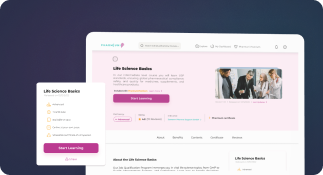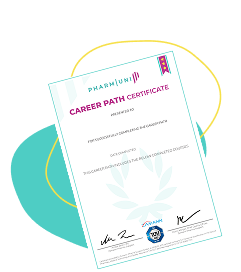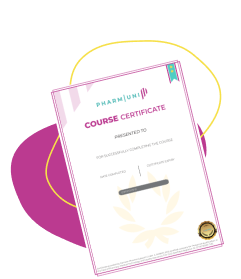Mock Inspection
Definition
A Mock Inspection is a simulated regulatory audit conducted internally or by third-party consultants to assess a company’s compliance readiness for official inspections by regulatory authorities such as the FDA, EMA, or MHRA. These inspections are part of a broader quality assurance (QA) and regulatory preparedness strategy, helping organizations identify and address potential gaps before facing real audits.
Detailed Explanation
Mock inspections are a cornerstone of proactive quality management in the pharmaceutical, biotechnology, and life sciences industries. They mimic real regulatory inspections, including document reviews, facility walkthroughs, and staff interviews, to evaluate an organization’s compliance with Good Manufacturing Practice (GMP), Good Clinical Practice (GCP), or Good Laboratory Practice (GLP) standards.
Purpose and Importance
The primary goal of a mock inspection is to ensure QA audit readiness and regulatory preparedness. Regulatory agencies expect companies to maintain a state of inspection readiness at all times. A mock inspection helps:
- Identify compliance gaps and risks before an official audit.
- Train staff on inspection behavior and interview techniques.
- Ensure documentation is complete, accurate, and retrievable.
- Test the robustness of internal quality systems and SOPs.
- Improve cross-functional coordination during real inspections.
Types of Mock Inspections
- Internal Mock Inspection: Conducted by the company’s internal QA or compliance team.
- External Mock Inspection: Performed by third-party consultants with regulatory expertise, often simulating the approach of specific agencies like the FDA or EMA.
Typical Components of a Mock Inspection
- Opening meeting to outline scope and expectations.
- Facility inspection (labs, manufacturing suites, storage areas).
- Document review (SOPs, batch records, deviation reports).
- Interviews with personnel across departments.
- Review of data integrity and electronic systems.
- Closing meeting with a summary of observations and recommendations.
Examples and Contexts of Use
Companies preparing for a Pre-Approval Inspection (PAI) by the FDA often conduct mock inspections 3–6 months in advance. Similarly, Contract Manufacturing Organizations (CMOs) may use mock inspections to reassure clients of their GMP compliance. Sponsors in clinical trials may simulate GCP inspections to ensure investigator sites maintain proper documentation and protocol adherence.
Benefits of Mock Inspections
- Reduces the likelihood of critical or major findings during real audits.
- Builds staff confidence and reduces stress during actual inspections.
- Supports continuous improvement and quality culture.
- Provides objective, third-party insights when using external consultants.
Related Concepts
- Good Manufacturing Practice (GMP)
- Quality Assurance (QA)
- Regulatory Compliance
- Audit Readiness



